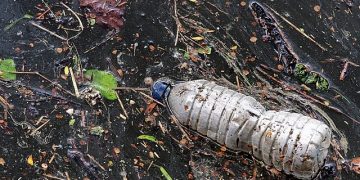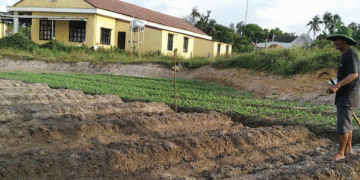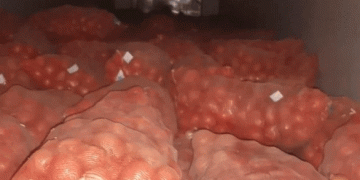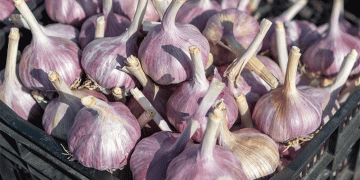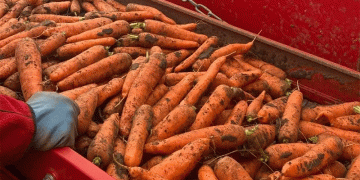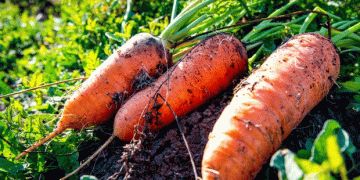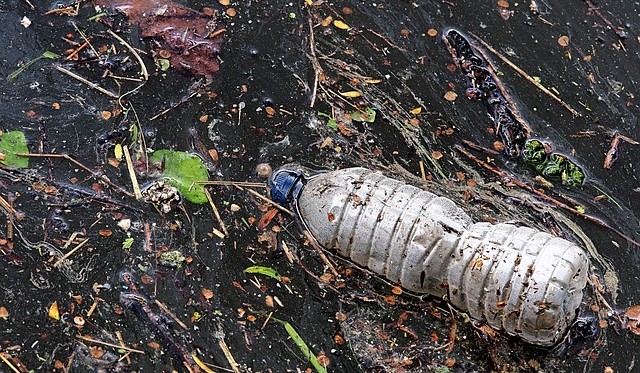#Microplastics #Nanoplastics #Agriculture #EnvironmentalImpact #SustainableFarming #ResearchInitiative #CzechRepublic #MendelUniversity #CzechAcademyofSciences #TechnologicalInnovation
In recent years, micro and nanoplastics have increasingly become the focus of global attention. According to UN data, our oceans harbor over 50 trillion microplastic particles, a staggering 500 times more than the stars in our galaxy. While the presence of microplastics in water bodies is extensively documented, precise data is lacking in other areas. Researchers from Mendel University’s Agronomic Faculty in Brno, in collaboration with colleagues from the Czech Academy of Sciences, have embarked on a mission to explore how plastic particles spread in agriculture.
A study by the World Wildlife Fund reveals that humans ingest approximately five grams of microplastics per week, equivalent to the size of a credit card. The potential impact of such plastic ingestion on the human body remains a key question. While most microplastics are known to be eliminated, concerns arise regarding nanoplastics, which can enter the bloodstream and have been found in breast milk and the human brain, as highlighted by Pavel Horký from the Institute of Animal Nutrition and Forage Crops at Mendel University.
Horký’s research team aims to develop a detection platform to analyze the presence of micro and nanoplastics in the food chain, spanning from soil and crops to livestock organs and potentially, human bodies. The project, initiated last spring, is currently analyzing initial samples.
In addition to animal experiments, researchers plan greenhouse trials. Microplastics will be applied to the soil where commonly cultivated crops like corn and wheat will be planted. The study will monitor how plastics move from the soil to different parts of the plants.
A sub-goal of the project involves mapping the occurrence of microplastics in agricultural soil near municipal waste dumps. Results from this part of the research are expected later this year. Collaboration with practical applications is crucial for the project, and in the final phase, researchers will directly monitor micro and nanoplastics on selected farms in the South Moravia and Vysočina regions of the Czech Republic.
The ultimate analytical tool developed by the researchers aims to be offered to the commercial sector. Much like current checks for mycotoxins or antibiotics, monitoring microplastic presence may become a standard, especially in organic farming. The method could also find application beyond agriculture, potentially in government administration and even in human tissues.
Microplastics enter nature through two main paths: primary microplastics, present in the environment as small particles, with over a third originating from synthetic clothing washing, and nearly thirty percent forming during tire wear. Additionally, secondary microplastics arise from the breakdown of larger plastic products such as bags or bottles.
This joint research project by Mendel University and the Czech Academy of Sciences, focused on monitoring micro and nanoplastics, is set to continue until 2025, supported by the Czech Republic’s Technological Agency under the Environment for Life program.
Conclusion: The study on microplastics in agriculture not only sheds light on the potential risks to human health and the environment but also underscores the importance of sustainable farming practices. As the research progresses, it becomes evident that addressing the microplastic issue requires collaboration between academia, industry, and policymakers. Farmers and stakeholders in agriculture must stay informed about emerging findings to implement practices that contribute to a healthier and more sustainable future.
